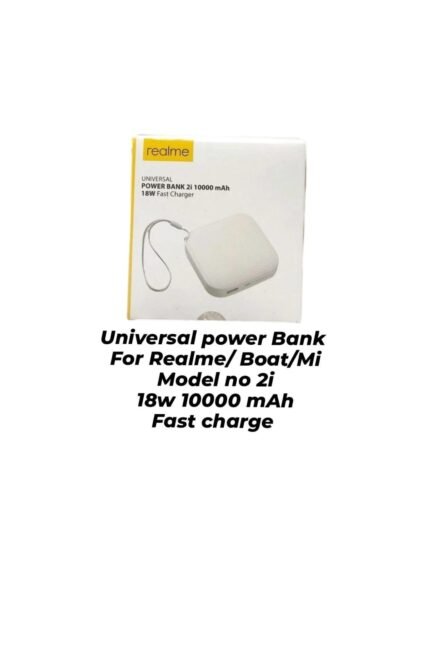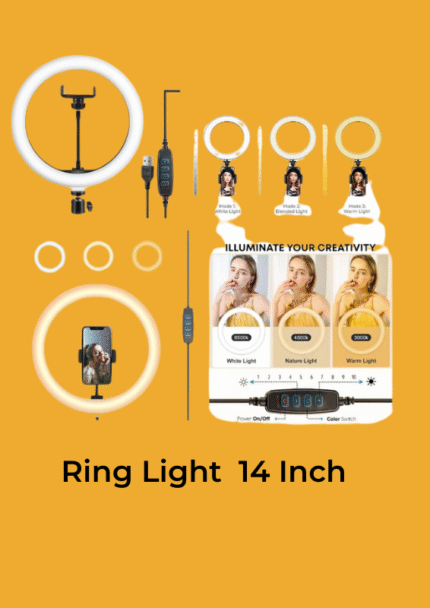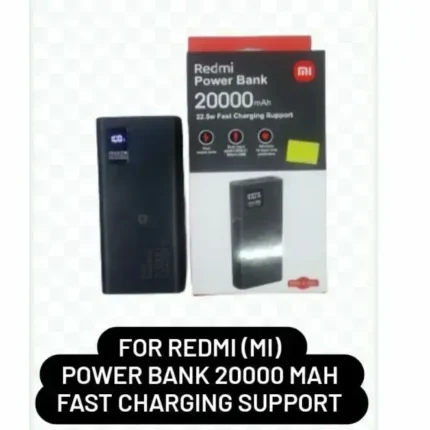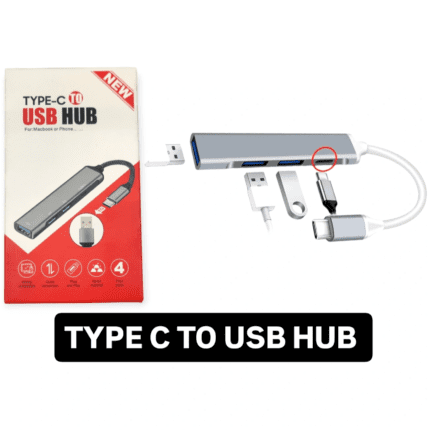Mobile Accessories for Mi, Vivo, Oppo, Realme Power Bank 10000 mAh OG
Looking for the perfect replacement accessory for your power bank? This Mobile Accessory for Mi, Vivo, Oppo, and Realme Power Bank 10000 mAh OG is designed to give your power bank a refreshed look and reliable protection. Whether your original part is damaged, lost, or worn out, this accessory helps restore your device so it feels like new again.
Perfect Fit for Multiple Brands
Unlike generic replacements, this accessory is made to fit seamlessly with Mi, Vivo, Oppo, and Realme 10000 mAh OG power banks. It offers accurate alignment for ports, buttons, and LED indicators, ensuring you don’t have to compromise on usability. You can continue charging your devices on the go without any hassle.
Slim and Lightweight Design
Your power bank is built to be portable, and this accessory keeps it that way. It is slim, lightweight, and adds no extra bulk, making it easy to slip your power bank into your bag or pocket. Even with the added protection, the device remains compact and convenient for travel, office, or daily use.
Durable Build for Everyday Protection
Made from sturdy and long-lasting materials, this accessory shields your power bank from scratches, dust, and small bumps. It is strong enough to handle daily wear and tear, so you can carry your charger with confidence whether you are commuting, traveling, or using it at home.
Easy to Install
Installing this accessory requires no tools or technical steps. It is designed to snap on easily, holding firmly in place without making things complicated. Once fitted, your power bank will look and feel complete again, ready to perform at its best.
Restores the Original Look
If your power bank cover has become scratched or damaged, this accessory helps bring back the clean, polished appearance it had when new. It maintains the original style of your device while giving it a touch of extra durability. A simple and effective way to extend the life of your power bank.













Reviews
Clear filtersThere are no reviews yet.